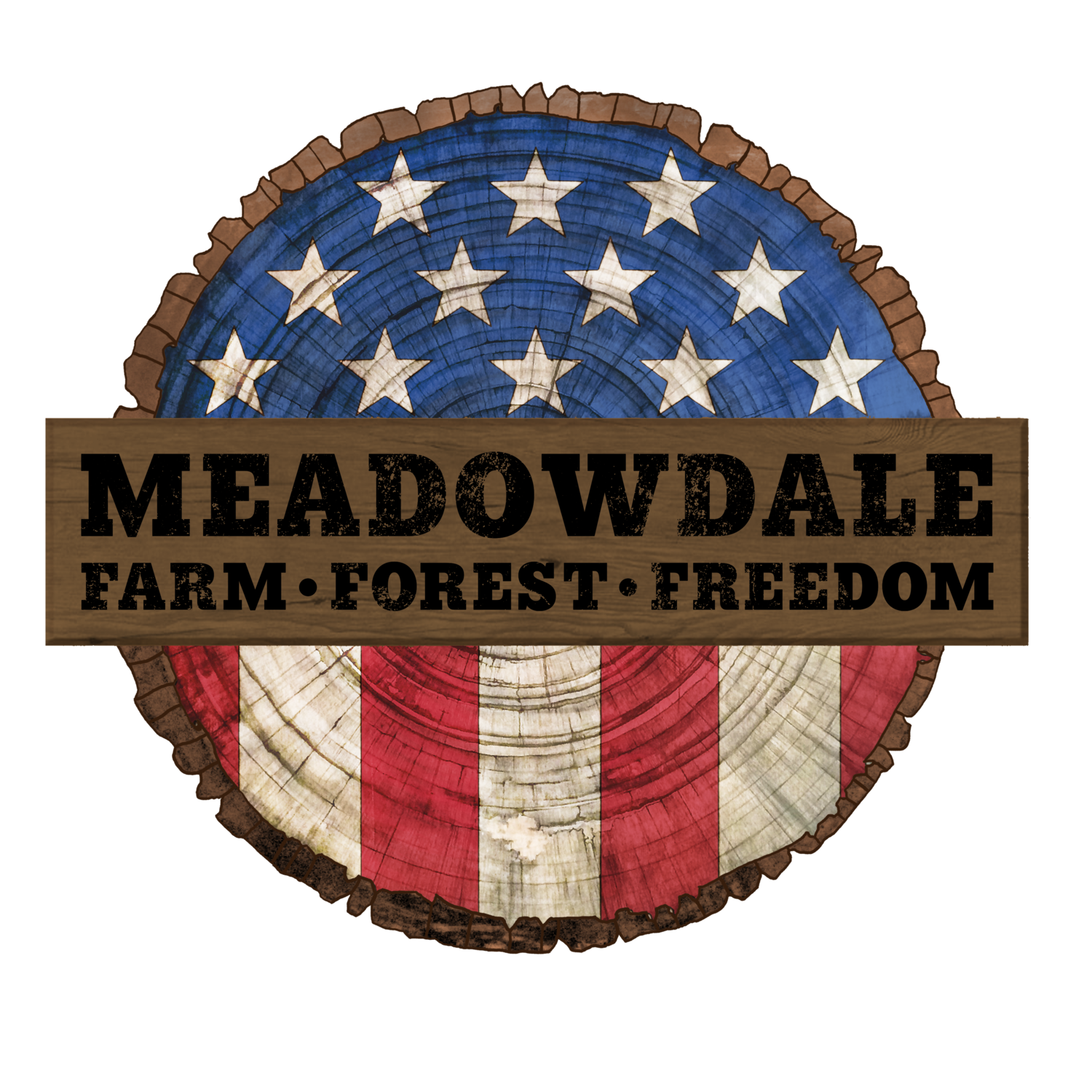Sheepskins are in just about every trendy magazine right now. They bridge the “Joanna Gaines Farmhouse” trend with the “Rustic Cozy Cabin” one. You can even spot ‘em in modern photoshoots as fluffy indulgent rugs, or casually tossed over a chair.
Yet, these sheepskin (hides with a thick layer of wool attached ) are an ancient home accessory. From Vikings using them as clothing, to being used in colonial homes as winter bedding these still are a practical and purposeful item.
Did you know?
Lanolin naturally has antimicrobial properties and sheepskin is resistant to both bacteria and dirt. Gentle on skin and hypoallergenic they are the perfect addition to the ultimate Hyggee home! Or, if you’ve got Scottish roots like us Coorie!
What is this new-old trend? It’s about embracing all things comforting and incorporating more natural elements into our lives. Nothing makes me more happy than reading a good book, snuggled in a sheepskin!
Most sheepskins from retailers are imported. Knowing how an animal was raised, cared for, and slaughtered is important to me. I prefer to use as many parts of an animal as possible in order to honor it’s life with us. Ethically sourced products are getting harder and harder to find.
One of the questions I get frequently over on Instagram is “Does it make you sad knowing where, or who this came from?” My honest answer is that it actually makes me much sadder when I don’t have a connection with where my food or fiber comes from. Yes, each of our lambs has a name. Yes, I love them truly. I also eat meat and have found their fiber to have a useful purpose.
Getting our sheepskins from animal to the fluffy fiber product phase is a labor of love. We work with a USDA inspected slaughterhouse to get hides back and as intact as possible. We bring them back to the farm as soon as possible, and start the cleaning and salting process.
We set up an area in our hayloft with racks and a sharp ulu. The Farm Kid goes to work fleshing. He trims and cleans off any meat or fat. Then, he carefully applies a thick layer of salt to every inch of each hide. We’ve found processing our lambs in late September has been the ideal weather conditions for preparing hides. The humidity of southern Vermont has lifted, it’s breezy, cool, but not below freezing.
The salt application draws out moisture in the hides. Having the skins on an angle helps it drain onto tarps on the floor. Each day the skins are checked and more salt is applied as needed. After several weeks the skins are sent to the tannery.
There’s a few simple rules thou shalt not break when caring for a sheepskin:
Don’t ever Dry-Clean a naturally tanned skin. It will be off-gassing the crud used in the process and you really do not want that on your skin, or in the air you breath.
Your sheepskin will change in appearance over time. That’s ok! Sometimes the leather will slightly yellow with age, or the hair fibers will get matted.
To freshen your sheepskin roll it up and take it outside. Shake it out and get a two-minute upper body workout. I wouldn’t recommend the rug-beater attachment on a vacuum! Try a sticky-roller to get off pet hair.
You can use a comb or pet brush to fluff up the fibers. If you do this and it’s not the look you wanted just use a very very lightly dampened washcloth over it moving from neck to tail. The moisture helps it to go back to it’s original crimp.
Someone spill on it? Spot clean without getting the leather side wet if possible. Use a microfiber or cotton cloth that’s damp and move the fibers in one direction. Don’t scrub back and forth. If you must use a detergent use one that’s mild like Dr. Bronners or Eucalan. Let it air dry and then brush.
After a few years I do wash mine! Leather and water aren’t a great combo though! It will change the appearance of you sheepskin, but done right it won’t ruin it by any means. I just wouldn’t recommend doing this often and only when necessary. I use my front loader (but you can use a bathtub!) with a wool wash or very gently detergent set on the delicate cycle, but skip the spin cycle. Just know to make felt one agitates or wiggles wool back and forth. Once you take it out of the washer roll it up and shake it outdoors. I hang mine to dry in the shade outside, but inside with a drying rack set in the bathtub works too.
Never dry your sheepskin on metal or stained wood as it could change the leather’s color.
If you have a wet sheepskin to dry remember to give it the occasional shake and roll/unroll it so that the leather stays pliable. When it’s dry work the wool in small sections with a wide tooth comb to make it fluffy again.
Sheepskin have so many uses!
Our sheepskins come in their own unique shades and sizes. In our household our sheepskins go through years used daily, but their job changes over time. We enjoy each phase!
Comforting Anxiety/Restless sleeper bed mat (great for seniors who are bed-bound or babies as a tummy-time mat)
Cooling Mattress Pad
Cozy Reader Couch Covering
Bathmat
Cold Morning Bedside Rug
Console/Ottoman/Footstool Covering
Christmas Tree Skirt
Pampered Pet Bed
Garden Weed Barrier
Compost and turned back into soil that we spread on our pasture that raises more lambs…


